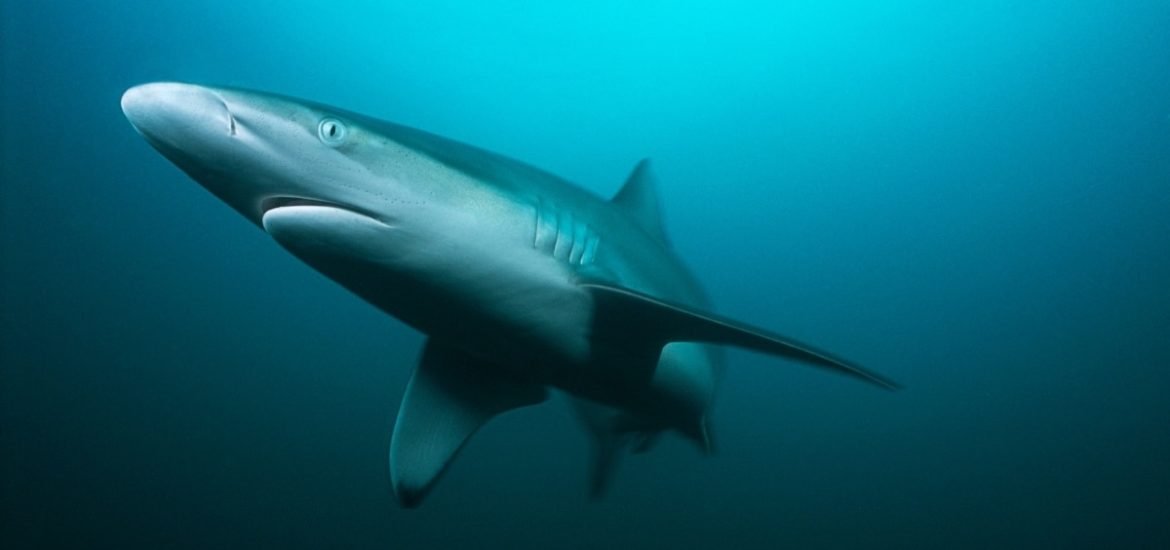
Major fishing activities are currently focused on ecologically important shark hotspots around the world, according to a new study published on 24 July in Nature (1). Using a big-data approach, the authors showed that, on average, global fisheries overlap with one-quarter of the space inhabited by sharks in the remote open ocean. Moreover, areas regularly visited by protected species seem to have much higher overlap with longline fisheries. This highlights an urgent need for actions to sustain these ecologically important, yet increasingly threatened shark species.
As large-scale fisheries expand their reach, sharks are increasingly under threat from the lines and nets cast by fishing vessels. Longline fishing is a commercial fishing technique uses a long line baited with hundreds of hooks that reach up to 100 kilometres. And these pelagic longline fisheries are responsible for catching most of the sharks caught in the open ocean. Oceanic sharks account for over half of all shark species identified in catches worldwide. Each year, tens of millions of these migratory sharks are caught for their fins and meat.
Also known as pelagic sharks, these migratory megafaunas are constantly on the move, migrating long distances through the seas and oceans each year. Until now, a lack of data has made it difficult to determine the extent of habitat overlap with industrial longline fisheries.
The international team of researchers — over 150 scientists from 26 countries — used satellite technology to track the movement a total of 1680 sharks (23 different species) from 2002 and 2017. They first identified so-called “shark hotspots”, and then calculated the amount of overlap between these hotspots and large-scale longline fishing vessels, which were also tracked using the automatic identification systems fitted to most ships.
The study revealed that 24 per cent of the space used by sharks in an average month falls under the footprint of these fishing vessels. And areas frequented by protected species, such as the great white shark, North Atlantic blue, and shortfin mako, have a much higher overlap — more than 60 per cent. For example, off the coast of California and the southern Great Barrier Reef. And unsurprisingly, the highest overlap with longline fisheries was in areas inhabited by commercially valuable sharks with a massive overlap of 76 per cent.
“Given the high fishing effort in hotspots of many species for significant portions of the year, and the very few tracked hotspots free from exploitation”, the authors write, and sharks can find limited refuge from fisheries. They highlight an urgent need for conservation and management at high-seas shark hotspots, suggesting that these new distribution maps could be a “first but essential underpinning for a conservation blueprint for pelagic sharks in the high seas.”
The same big-data approach could be used to “near-real time, dynamic management” of both sharks and fishing vessels. And they also propose the idea of designating large−scale marine protected areas (MPAs) around ecologically important areas as a potentially challenging goal that may require a step-change approach.
(1) Queiroz, N. et al. Global spatial risk assessment of sharks under the footprint of fisheries. Nature (2019). DOI: 10.1038/s41586-019-1444-4